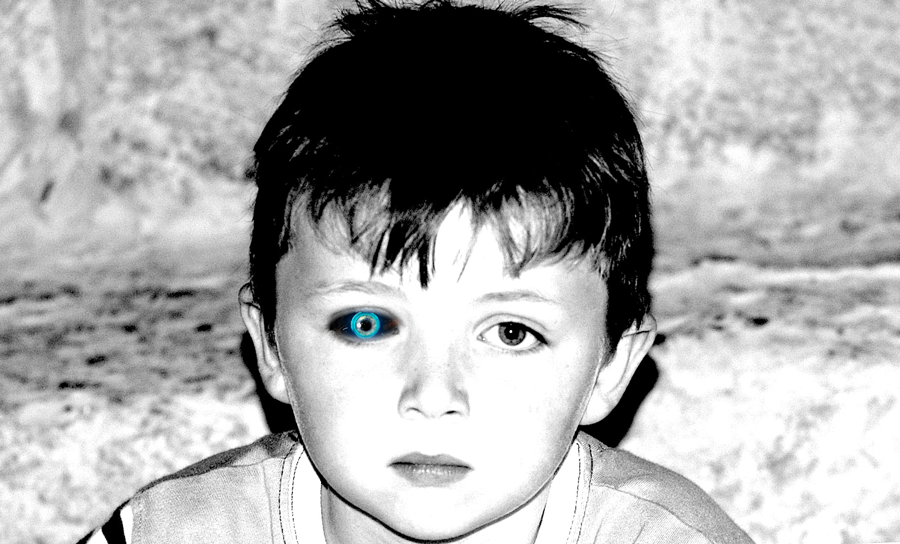Exhibit 1:
And I find it kinda funny, I find it kinda sad
The dreams in which I’m dying are the best I’ve ever had
Exhibit 2:
Yes, there are two paths you can go by, but in the long run
There’s still time to change the road you’re on
Exhibit 3:
Well, I’ve been afraid of changing
Cause I’ve built my life around you
I will explain the purpose of the “Exhibits” later. If you are so inclined you should just think about them for now and see how they make you feel.
Actually, no. Just take the time. Read them again and see how they make you feel.
Ready? Ok, let’s move on.
I was prompted to write this post when I read a story about writers using AI to create stories and screenplays. It reminded me of when I used AI to try to write songs – well not complete songs but the underlying tune and melody. That was back in the late 1980s in my first Artificial Intelligence company. Using AI to create music is fairly straightforward really. Math and music are inextricably linked. Music, like math, follows rules.
Look at this image of a piano keyboard. There are 8 notes in a major scale –well 7 really plus the eighth, which duplicates the first note at double its frequency at a higher octave (from Latin “octavus”, the eighth). It’s like doing math calculations to the base 8 instead of base 10.

There will be always be a special relationship between the first, fourth and fifth notes. Many pop, country and blues songs use three chords based on the first, fourth and fifth notes. So, if the song is in the key of C, it will often start with a C-chord [1], followed by the F-chord [4], then back to C, before it goes to the G-chord [5]. When songwriters want to add a sad chord, they know that the obvious one is based on the 6th note – so they will play A minor.
This is what Jeff Buckley was singing about in Hallejujah by Leonard Cohen.
Well it goes like this: the fourth, the fifth, the minor fall …
Couple these rules with some basic rules of rhythm, which is really about just the placement of sounds in time, and you’ve got a basic foundation that you can teach a computer so that it can generate music.
The problem of course is that you can’t imbue the computer with a sense of soul. You can’t make it feel.
In my music-generation-AI experiment, all the tunes I created were correct, but they were not right. Everything was on time, the notes were all in the right key, and I followed all the rules. The results were intellectually interesting but emotionally barren. No matter what I did I was never going to come up with the haunting feeling that’s evoked in the opening violin on the theme from Schindler’s List, or this tumbling emotion from Debussy’s Clair De Lune. I would never equal the primal intensity of Clare Torry’s vocals on Pink Floyd’s Great Gig in the Sky from Dark Side of the Moon, or the rawness of Gary Moore’s screaming but sweet lead guitar on Parisienne Walkways.
You see – the computer can’t feel and it is beyond our abilities to change that. (I think that is a good thing.)
As people stress about a potential threat from AI, the real freaky stuff happens when the debate turns to computers-as-sentient-beings. What happens if the computers take over? Now, there are a lot of reasons to be mindful of how AI is implemented. If humans design Machine Learning systems without adequate governance over the data used to feed the machine then the outcomes can be dangerous. Real societal damage will occur if there are not safeguards in place to ensure that the inherent bias of the engineers developing the learning algorithms doesn’t make its way into the algorithms – and we all have inherent biases. (I write a lot about the risks of AI in my book: Tomorrow Today: How AI Impacts How We Work, Live and Think.)
Fundamentally however; the prospect of a sentient computer, one that thinks or feels, is a long way into the future. Computers are better than humans at many things. They don’t get depressed. They never suffer from a hangover. They don’t need vacations. They never stop half-way through a task to take a call or get a coffee. Where efficient execution of predictable, repetitive tasks is needed, the computer is your man (or woman). But don’t ask them to be creative, to see shades of gray, to make balanced judgments, to think strategically, to use their intuition or to sense or to feel. That’s our job, and it will remain so.
We can’t offload our responsibility to think or to feel. I worry about those who think we can. That scares me.
I started this post with three exhibits. You possibly recognized them as song lyrics (in my view some the most emotive or thought provoking lyrics of all time).
A computer didn’t write these. But of course you knew that.
Each and every one of these lyrics emanates creativity, insight, emotion, passion and intense feeling. In your work or in your personal life you’re at your best when you’re creative, insightful and passionate. It means you care. Caring is a catalyst for personal and professional growth.
In world of always on, always connected, always interrupted, always scored, ranked and indexed; we sometimes fail to pause for thought. We don’t take the time to think. We don’t give ourselves the space to feel. And we are poorer for it.
And if we are the beings who are supposed to teach the computers to think – such as that is today, or will become in the future – then our frame of reference, our habits, or biases, our thoughts and our feelings matter.
Can you take the time to feel? If you do, it will make you more thoughtful, more patient, more considered and considerate, and less overwhelmed by the noise.
From Simon and Garfunkel to Led Zeppelin, Stevie Nicks to Johnny Cash, Hank Williams to Sarah McLachlan, here are 10 pearls of joy or sadness depending on how you see it. Which ones make you feel?
1. I’m lost, I said, though I knew she was sleeping / I’m empty and aching and I don’t know why
2. It’s funny how we feel so much but we cannot say a word / We are screaming inside, but we can’t be heard
3. Yes, there are two paths you can go by, but in the long run / There’s still time to change the road you’re on
4. Did you ever see a robin weep / When leaves began to die?
5. I know you’ll be a sun in somebody else’s sky, but why / Why, why can’t it be, can’t it be mine
6. Well, I’ve been afraid of changing / ‘Cause I’ve built my life around you
7. It’s too late when we die / To admit we don’t see eye to eye
8. Oh God, the man I love is leaving / Won’t you take him when he comes to your door
9. I hurt myself today / To see if I still feel
10. And I find it kinda funny, I find it kinda sad / The dreams in which I’m dying are the best I’ve ever had
Which one evokes the most emotion in you? If there was a small stirring inside, an involuntary smile, a nostalgic ‘ah’, a personal reflection, or a little joy; then this post has been a success – it made you think/feel. Now you can go back to your work with perhaps a slightly different outlook.
And, here’s the fun part: Without using Google, how many of the songs can you recognize just from the lyrics? If you click on the number before the lyrics it will bring you to the songs.
If you want to read more of my blogs please subscribe to Think for a Living blog. Follow me on Twitter or connect on LinkedIn. I want you to agree or disagree with me, but most of all: I want you to bring passion to the conversation.
Donal Daly is Executive Chairman of Altify having founded the company in 2005. He is author of numerous books and ebooks including the latest Amazon #1 Bestseller Digital Sales Transformation in a Customer First World (Nov 3, 2017) and his previous Amazon #1 Best-sellers Account Planning in Salesforce and Tomorrow | Today: How AI Impacts How We Work, Live, and Think. Altify is Donal’s fifth global business enterprise.


doh! Scroll down and I could have just left that text I sent you here! The boy has just learned to play Black, a joy to hear it coming from his bedroom. Hope things are well. I’ve been talking a lot about EE recently, the narrative arc from starting out in AI when we called them Expert Systems and now being dragged back into Machine Learning is quite nice. Shane
thanks!